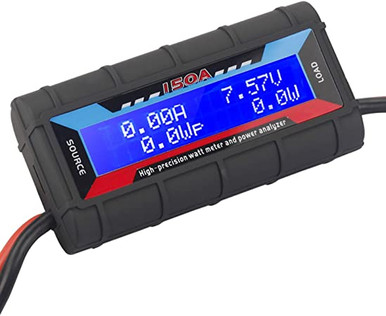Mr.Estrain
Well-Known Member
I'm looking at building a light similar to the greengene Plc design. I think it was 2 320hlg with 8 bars.
I would like to build a 12 bar version with a similar power ratio, so 3x 320's or equivalent.
I've done a bit of research and I think I'm going to go with the bridgelux thrive LEDs strips. I wanted to get the Plc setup but that's not an option anymore.
I'm needing help determining my power supply, not sure what the formula is to figure out the strips power requirements and necessary power supply.
Thank you for any help
I would like to build a 12 bar version with a similar power ratio, so 3x 320's or equivalent.
I've done a bit of research and I think I'm going to go with the bridgelux thrive LEDs strips. I wanted to get the Plc setup but that's not an option anymore.
I'm needing help determining my power supply, not sure what the formula is to figure out the strips power requirements and necessary power supply.
Thank you for any help






